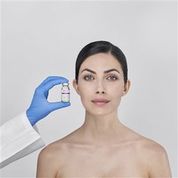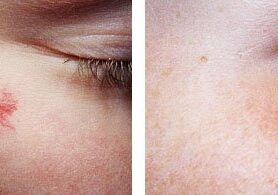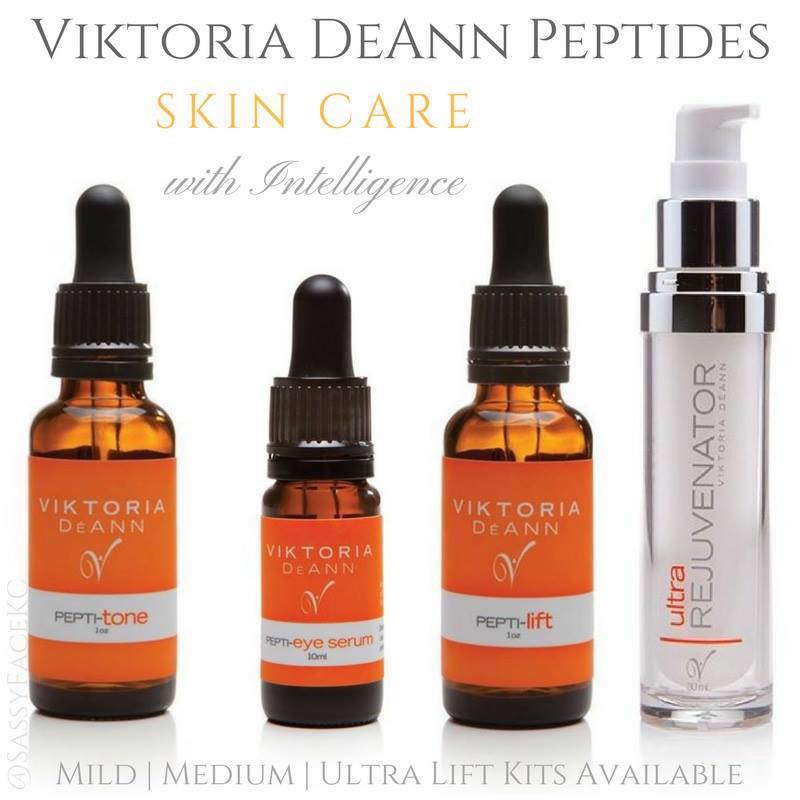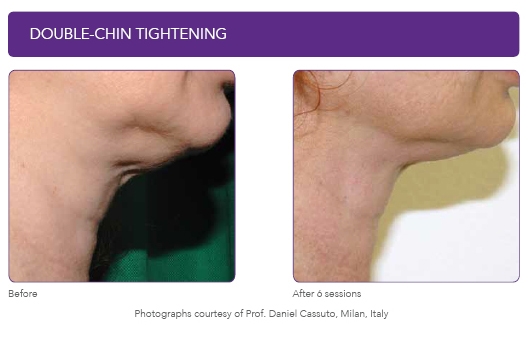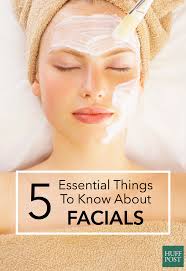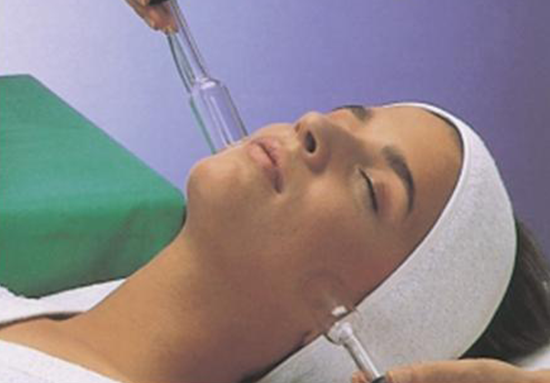
As the warmer weather approaches, protecting your skin from sunburn and UV damage should be a hot priority. While slathering your skin with any sunscreen may seem like a good idea, many of these lotions are loaded with some seriously questionable ingredients that can induce adverse effects on your skin and body, (i.e., allergic reactions, hormone disruption, and premature aging), and might even increase your cancer risk. Luckily, not all SPF products are harmful, and not all products are created equal.
There are two categories: Physical Sunblock or Chemical Sunscreens.
Sunblocks contains natural minerals such as titanium dioxide and zinc oxide that cover the surface of skin to physically block or reflect broad spectrum of the sun’s UVA and UVB rays. Unless you’re using good quality SPF products, sunblock can be thick and messy to apply; sometimes leaving a white sheen.
Chemical Sunscreens, on the other hand, contains synthetic ingredients such as oxybenzone and octinoxate, which are absorbed into the skin to filter and absorb UV rays. Because it is absorbed, it can lead to skin irritation and other adverse reactions. Plus, the ingredients can generate cell-damaging free radicals when exposed to the sun.
To reap the benefits of sunscreen and sidestep the potential side effects, avoid these dubious ingredients before slathering up this summer:
Oxybenzone This penetration enhancer (i.e., chemical that helps other chemicals penetrate the skin) undergoes a chemical reaction when exposed to UV rays. When oxybenzone is absorbed by your skin, it can cause an eczema-like allergic reaction that can spread beyond the exposed area and last long after you’re out of the sun. Experts also suspect that oxybenzone disrupts hormones (i.e., mimics, blocks, and alters hormone levels) which can throw off your endocrine system. According to the Centers for Disease Control and Prevention (CDC), 97 percent of Americans have this chemical circulating in our bodies, as it can accumulate more quickly than our bodies can get rid of it.
Octinoxate One of the most common ingredients found in sunscreens with SPF, octinoxate is readily absorbed by our skin and helps other ingredients to be absorbed more readily. While allergic reactions from octinoxate aren’t common, hormone disruption is: the chemical’s effects on estrogen can be harmful for humans and wildlife, too, should they come into contact with the chemical once it gets into water. Though SPF products are designed to protect skin from sun-induced aging, octinoxate may actually be a culprit for premature aging, as it produces menacing free radicals that can damage skin and cells.
Homosalate This UV-absorbing ingredient helps sunscreen to penetrate your skin. Once the ingredient has been absorbed, homosalate accumulates in our bodies faster than we can get rid of it, becomes toxic and disrupts our hormones.
Octocrylene When this chemical is exposed to UV light, it absorbs the rays and produces oxygen radicals that can damage cells and cause mutations. It is readily absorbed by your skin and may accumulate within your body in measurable amounts. Plus, it can be toxic to the environment.
Paraben Preservatives Associated with both acute and chronic side effects, parabens (butyl-, ethyl-, methyl-, and propyl-) can induce allergic reactions, hormone disruption, developmental and reproductive toxicity. While butylparaben was reported to be non-carcinogenic in rats and mice, but it has been previously suspected that parabens and other chemicals in underarm cosmetics may contribute to the rising incidence of breast cancer.
In lieu of the skin-penetrating hormone-disrupting chemicals like oxybenzone, the safer sunscreens tended to use non-nanoparticle sized zinc- and titanium-based mineral ingredients, which block the sun’s rays without penetrating your skin. Additionally, here’s what to look for when choosing a safer product.
- Avoid Spray Sunscreens:These are incredibly popular, especially for kids, but not safe. When sprayed, toxic particles are released into the air, making them easy to breathe in, with unknown health effects. They may also contain flammable ingredients, and there have been reports in which a user received serious burns.
- Avoid Super-High SPFs: Higher SPF is not necessarily better, just more chemicals. You should be aware that SPF 30 is not twice as protective as SPF 15.
SPF 15 protects the skin from 93% of UVB
SPF 30 protects the skin from 97% of UVB
SPF 40 protects the skin from 98% of UVB
Important note: when a vitamin C cream is applied first, an apparently greater than additive protection is noted against the phototoxic damage. These results confirm the benefit of anti-oxidants as a photo protectant but suggest the importance of combining the compounds with known sunscreens to maximize photo protection.


